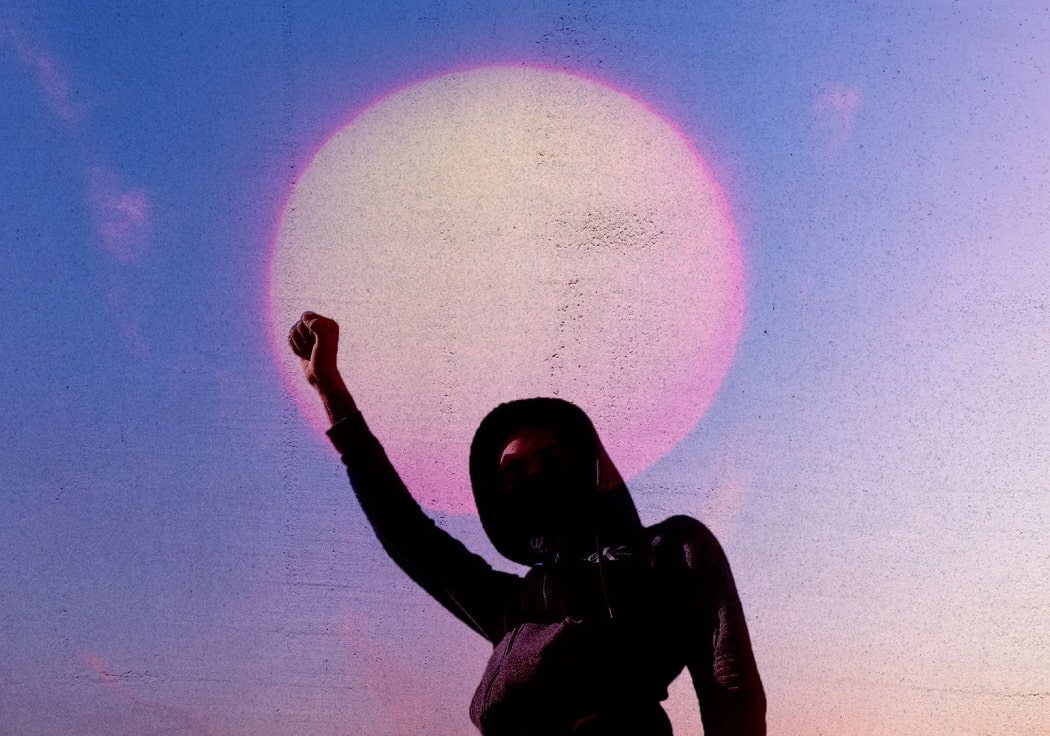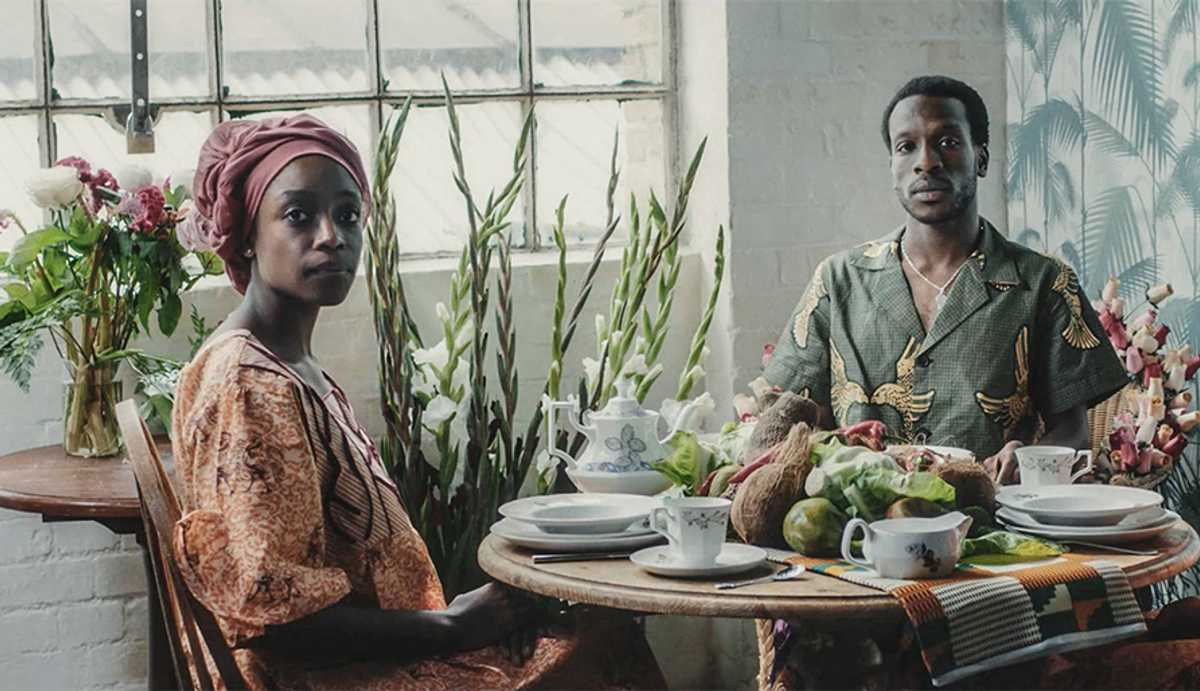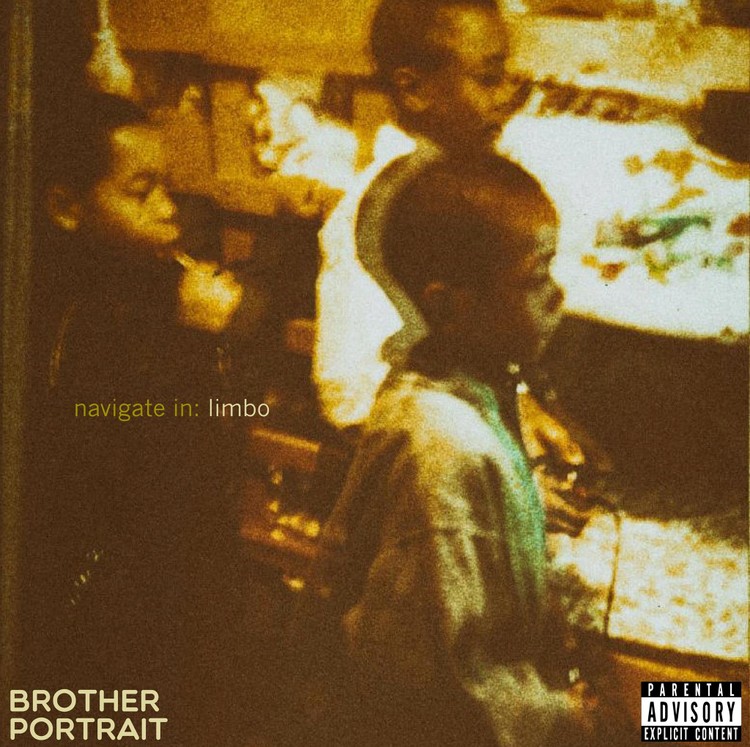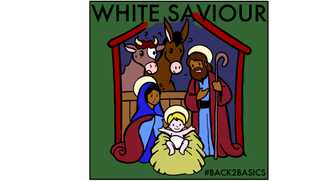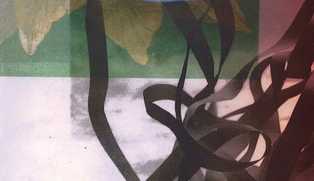In early November, brother portrait released his music video Seeview/Rearview. The video, which was directed by Nadira Amrani, is a poetic exploration of the sounds, spaces and imagery that define Brother Portrait’s Sierra Leonean British heritage. We had a chat with him about perspective, migration and diasporic identities in relation to his video and to his work more generally. As a solo artist and with his group Black/Other, he has a lot of projects in the works. Last night he pulled a Beyoncé and released his debut solo mixtape navigate in: limbo without any warning. We’re losing our minds over it. We don’t want to spoil too much of it for you, so in the words of brother portrait, “We can talk about it later but for now, just press play” and enjoy our interview with him.
*
Skin Deep: Given how colourful your video is (even the black and white parts of it), it seems only fitting to begin this interview by asking you: what is your favourite colour(s)? Brother Portrait: Dusty reds, yellows and blues. SD: How would you describe your work to someone who hasn’t heard it before? BP: I think my music sits primarily within the sounds of hip hop while drawing inspiration from and mixing elements of different genres. There’s jazz, funk, soul and blues… The lyrics can at times be poetic, but that isn’t separate from the MCing and the flow. Having grown up around sound system culture, it’s undeniable that that has had a big influence in my music. I grew up on my uncles reggae, ragga and dancehall tapes. Toasting, versions, the flows and patterns. Seeview definitely draws on that. I feel UK hip hop in general incorporates all these homegrown elements like sound system and grime. All these “tools” help me create specific moods and atmospheres in my work: a scene and place the audience can inhabit. SD: You initially released Seeview and Rearview as separate tracks and then combined them in your new music video Seeview/Rearview. One way that one could read that is you see perspective (“seeview”) and retrospective (“rearview”) as being able to exist independently but that it is only when they are combined that we’re able to grasp the full picture, which is made manifest in your music video. Of course, when the issue of perspective is considered alongside your choice of name for this artistic endeavour, brother portrait, it becomes clear that there is a great emphasis on imagery in your work. We hope this reading isn’t too presumptuous. Could you speak to the place of imagery in your work? BP: There is a back and forth sway in both tracks, but each has its own direction of movement. I am very much a visual thinker, so when I write I’m often writing what I see, hear or smell. The ‘Portrait’ part of the name is meant to convey this idea that I’m also trying to see myself through the music. I’m filling in some blanks and finding things out about my own history, and that of my family and my city. Mining memories, which are often visual, is a big part of that. I also find myself looking at photographs and reflecting on the stories they conjure. SD: Your portrayals of your Sierra Leonean heritage are both vivid and fleeting, like those scenes of you praying in your music video. But there is also a very British sensibility to your videos, even though you use colourful West African fabrics there is a sense of ‘grey-ness’, almost like the British weather has made them a little bit faded. In the videos, your Sierra Leonean heritage is not only complementary to your British identity but the combination of the two cultures creates a new and stunning lyrical and visual landscape. Have you always been able to articulate who you are as a Sierra Leonean-British person with such seamlessness and clarity? BP: It has taken time to develop but over the last couple of years I feel like I’ve become better able to articulate where I come from. Through conversations with my community I’ve grown a great deal. Going back to Sierra Leone in 2007/8 after a 10 year or so absence was a turning point. I came back with a feeling of deep love for my country and its people and a desire to express who I was in the fullest sense to everyone I was around. Before that I was so used to compartmentalising my identity and only opened certain drawers for certain people. Right now, I’m just trying to be in environments where I can be myself. Sierra Leone is but 55 years independent. My parents were born on the cusp of independence and my grandparents lived through both colonialism and independence. So the history of modern day Sierra Leone really isn’t that long. Our history, at least in the diaspora, is very much defined by a shift from being Black British subjects to becoming Black British or British Sierra Leonean citizens. I have been fortunate enough to travel to Sierra Leone many times and have grown up and very much lived a multi-faceted cultural life in London. The greyness weighs on me still, so I dream up trips to the tropics to alleviate the strain. Coconut oil helps with some of that in the meantime. SD: While your new video certainly gives us a small sense of who you there is a limit to how much we can infer about your body of work and what we can expect from you. Having given us this wonderful taster, can you tell us what we can expect from you in the future and what are some of the other themes that you would like your work to touch on? BP: I’m just seeking opportunities to create more art: to embark on and complete ideas, projects and collaborations. Music will be a key part of it as will poetry, prose, performance, theater, dance, film… There are no real limits when it comes to medium. In terms of themes, I’m often on different paths at any one given time. I don’t conceptualise things too far in advance. I might have a notion but more often than not I look over at what I have, group and move things around, and see what shape they take. Some themes have been constants for a while and will continue to be: memory and objects as vessels, the power in space and place, language, social living, map making and travel, the history of my family and community in Sierra Leone and the diaspora… time will tell. There’s also more to come from my group black/other: visuals, an album, and many collaborations and features. But before the year is out, I’ll leave you with navigate in: limbo, my debut solo mixtape. We can talk about it later but for now, just press play. [soundcloud url=”https://api.soundcloud.com/playlists/285811660″ params=”auto_play=false&hide_related=false&show_comments=true&show_user=true&show_reposts=false&visual=true” width=”100%” height=”450″ iframe=”true” /]
